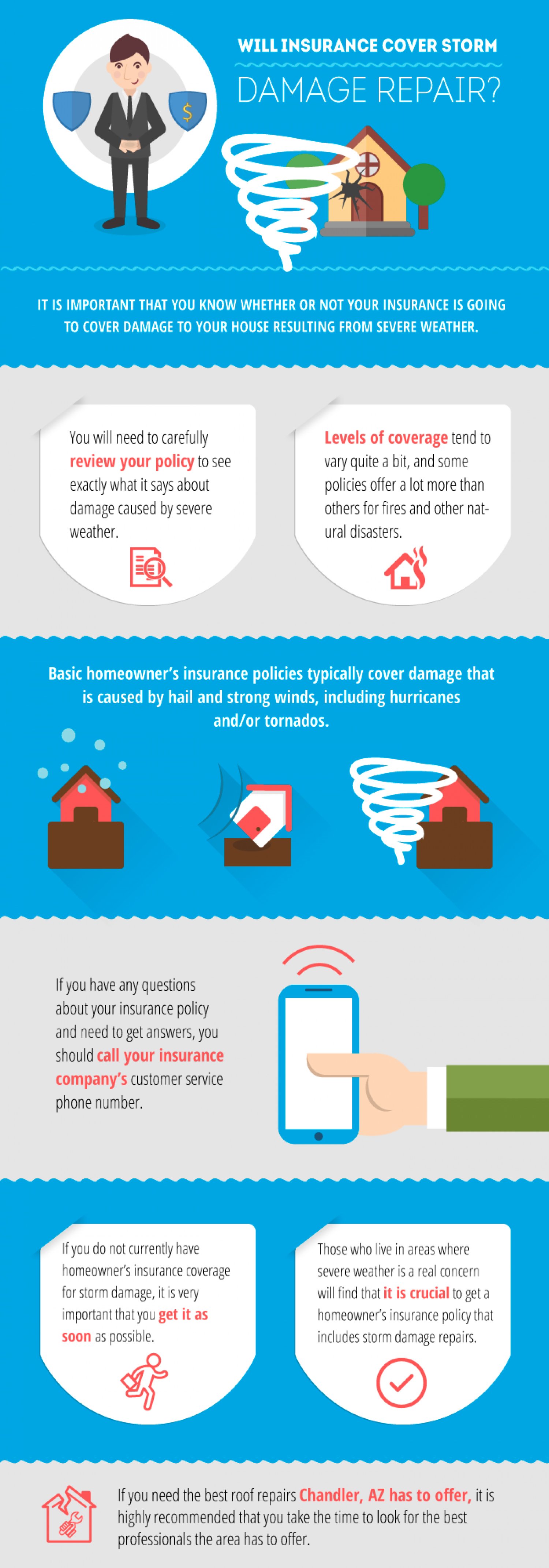Evaluate The Expenses And Advantages Related To Solar Installation To Find The Economic Chances That May Be Available To Those Considering This Renewable Energy Alternative
Evaluate The Expenses And Advantages Related To Solar Installation To Find The Economic Chances That May Be Available To Those Considering This Renewable Energy Alternative
Blog Article
Authored By-Rowe McWilliams
When considering the costs of solar setup, you may question the upfront investment required and whether it straightens with the prospective long-lasting advantages. Understanding the intricacies of these expenditures and the different factors affecting the general return can clarify the worth recommendation of transitioning to solar energy. By assessing both the initial arrangement prices and the forecasted financial savings with time, you can gain understanding into whether the investment in solar installment holds pledge for your financial future.
Initial Arrangement Expenses
When taking into consideration the prices of solar installation, the first setup costs play an essential duty in your decision-making process. These in advance expenses include the rate of photovoltaic panels, inverters, mounting equipment, and installation labor.
The rate of solar panels can vary relying on the brand, performance, and dimension you select. Inverters are essential for transforming the sunlight's energy right into useful electricity and be available in different kinds such as string inverters, microinverters, and power optimizers, each with its own cost implications.
Mounting tools, such as shelfs and rails, is required to safely mount photovoltaic panels on your roofing system or home.
The installment labor cost covers the expert setup of the solar system, guaranteeing that every little thing is set up properly and effectively. Bear in mind that while these first setup costs might appear high, there are usually refunds, tax rewards, and financing options offered to assist balance out the prices and make solar setup more inexpensive in the long run.
Long-Term Cost Savings Analysis
To recognize the financial advantages of solar installment in time, it's essential to conduct a detailed long-term financial savings analysis. While the initial setup expenditures of photovoltaic panels might seem daunting, the long-lasting savings can surpass these costs considerably. By taking https://www.technewsworld.com/story/the-coming-wave-of-next-generation-home-solar-companies-177031.html of the power of the sunlight to produce power for your home, you can potentially conserve hundreds of dollars on your energy costs over the life expectancy of your planetary system.
One of the key variables to take into consideration in a lasting cost savings analysis is the decrease in your power expenses. With solar panels, you can create your electricity, lowering and even removing your dependence on the grid. This can lead to significant financial savings, particularly as energy prices remain to rise.
Furthermore, several governments offer incentives such as tax obligation credit reports and rebates for setting up solar panels, further boosting your lasting financial savings. By capitalizing on these incentives and optimizing your solar energy manufacturing, you can delight in considerable financial benefits for many years to come.
Return on Investment Calculation
Thinking about the financial advantages of solar setup, it's time to analyze the Roi (ROI) estimation. Determining the ROI includes contrasting the total costs of setting up a solar system with the economic advantages it produces over its life expectancy.
To calculate ROI, separate the web make money from the system by the total investment price and multiply by 100 to get a percentage. The ROI formula is: (Internet Earnings/ Total Financial Investment Cost) x 100.
For example, if the complete expense of mounting a planetary system is $20,000, and over its life-span, it creates savings and profits amounting to $30,000, the net earnings would be $10,000. Splitting this by the complete financial investment cost of $20,000 offers a ratio of 0.5. Multiplying this by 100 provides an ROI of 50%.
Normally, why not look here shows a more financially rewarding investment. Aspects like federal government incentives, maintenance expenses, and power rate fluctuations can influence the ROI of solar setups. Understanding the ROI assists in assessing whether purchasing solar power deserves it in the long run.
Conclusion
In conclusion, comprehending the costs of solar installation is important for identifying if it deserves the financial investment. By thinking about preliminary configuration costs, carrying out a long-lasting savings analysis, and determining the roi, you can make an informed choice regarding the financial worth of solar energy. With the potential for minimized energy bills and boosted energy self-reliance, buying solar setup can be a clever option for both your budget and the atmosphere.
